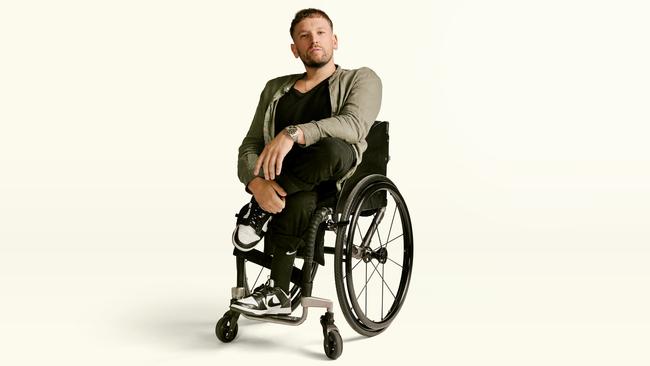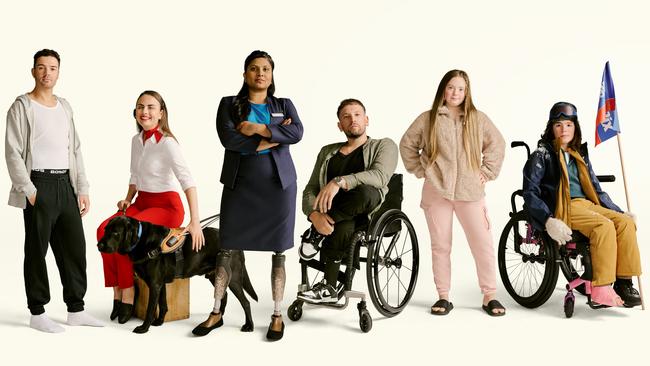One in five of us live with disability, it’s time we are seen by brands
When I turned on the TV, the radio or read the newspaper growing up, I never saw or heard anybody like me. But with help of industry, creatives, consumers and the wider public, things are changing. Slowly, but they are.

Despite almost 20 per cent of Australians having a visible or non-visible disability, only 1 per cent are represented in mainstream media, leaving a large portion of the Australian population feeling unseen and unacknowledged.
That’s one in five consumers living with some form of disability, meaning brands aren’t yet really representing the whole of their customer base or being truly reflective of the Australian community in advertising.
But the truth is, the 4.5 million of us people with disability – we are just normal people. We still buy cereal, fast food, toothpaste, insurance, underwear, travel and open bank accounts like every other Australian – yet for too long we have been left out of the conversation, and under-represented on our screens.
That’s one thing I really struggled with growing up; when I turned on the TV, the radio, the newspaper, I never saw or heard anybody like me. I had no point of representation that I could connect to. But with help of industry, creatives, consumers and the wider public, things are changing. Slowly, but they are.
Advertisers in particular have a unique opportunity to change this. You have a window into homes all across the country every day reaching millions of Australians, and with that comes a responsibility for your advertising platforms to accurately represent the Australia we live in today, and show the kind of Australia we want to live in tomorrow.
Advertising done properly in terms of inclusion for people with disability is actually incredibly normal. It’s listening to those with lived experience. It’s focusing on representation in storytelling, and casting people with disability because they’re good talent and good actors, they just happen to have a disability. It’s how brands focus on accessibility in the way they show up in their customers’ lives; whether that’s through their packaging, stores, websites or social content.
True inclusivity is about opening doors for and providing career pathways for people with disability, about educating the industry and demonstrating the massive commercial opportunity of having representation of the whole population, and in shifting public perceptions and unconscious bias by normalising seeing disability on screen for everyday consumers.
By showing people with disability in normal situations, from travelling, to working, playing sports and even simply eating breakfast, we are continuing to normalise this. Brands should empower talent with disability to act, to thrive, to get out there and, and be themselves. I don’t think people understand how powerful that is, not just for our community, but for you, for able-bodied people to learn as well.
Real change will take the industry coming together as a whole, there is a role for media outlets, commercial teams, advertising agencies, public relations and production teams to all play in striving towards meaningful representation – take the idea to your boss, write it into your casting briefs, start to ask questions and open a dialogue. That can sometimes feel scary, and fear of saying the wrong thing often leads to exclusion due to a timidness to engage to minimise mistakes.
You might get it wrong from time to time, we all do, including me. But as long as you listen to lived experience of disability, tell authentic stories and have a crack at doing better, you’ll find immense social and economic benefits in the process.
Although there is still a lot to do, I am proud to see such progress made in the past 12 months. The launch of our Shift 20 Initiative in 2023, prompted more than 200 brands to approach us looking for advice, guidance and positively considering disability representation, sometimes for the first time.

That’s huge, 200 brands all pledging for accurate representation can be genuinely life-changing for those with disability who suddenly begin to see themselves in a meaningful way in marketing for the first time.
The needle is being shifted, but we still have a lot to do to fairly represent the 20 per cent of Australians living with disability. For 2024, we want to see brands making real changes to how they show up for consumers, and hopefully inspire others and set them on their own long-term journeys too.
Dylan Alcott AO is an Australian Paralympian and founder of Dylan Alcott Foundation.






